Description
Design and Analysis Of High Gain Modified SEPIC Converter
ABSTRACT:
Two high static gain step-up DC-DC converters based on the modified SEPIC converter are presented in this project. The proposed topologies present low switch voltage and high efficiency for low input voltage and high output voltage applications. The configurations with magnetic coupling and without magnetic coupling are presented and analyzed. The magnetic coupling allows the increase of the static gain maintaining a reduced switch voltage. The theoretical analysis and experimental results show that both structures are suitable for high static gain applications as renewable power sources with low DC output voltage.
EXISTING SYSTEM:
When a high step-up ratio is necessary for the implementation of the first power stage, the usual solution is the use of isolated DC-DC converters. The power converters used with renewable energy sources must present a high efficiency due to the high cost of the energy source, as photovoltaic modules or fuel cells.? Only part of the power processed by the converter is transferred to the output through the coupling inductor and another part of the power is transferred directly by the non-isolated converter, reducing the weight, volume, and losses of the transformer. The leakage inductance is a problem for the single switch isolated DC-DC converters resulting in switch overvoltage and the energy stored in the leakage inductance must be dissipated in snubber or clamping circuits.
PROPOSED SYSTEM:
This project presents two topologies of modified single-ended primary inductance converter (SEPIC) without magnetic coupling and with magnetic coupling for photovoltaic (PV) application. The single-ended primary inductance converter (SEPIC) is used in applications with low input voltage and the output voltage is considerably high. Proposed topologies based on a modification of single-ended primary inductance converter (SEPIC) converter with a voltage multiplier. With the proposed modification the static gain of the DC-DC- Converter increases both the topology provides the high static gain with the low switch voltage, reduce reverse recovery current of output diode for low input voltage renewable application
CIRCUIT DIAGRAM:
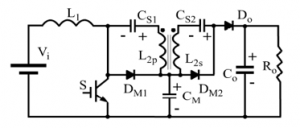
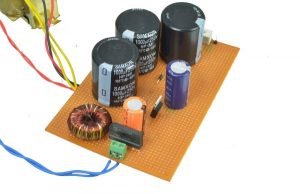
BLOCK DIAGRAM:
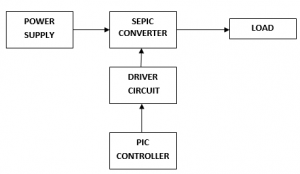
EXPLANATIONS:
- Input supply:? Solar Energy
- Driver circuit: -It can be used to amplify the 5V pulses to 12V for using transistor technology and provided isolations for using an optocoupler. It has two functions,
Amplification
Isolation
- Pulse generator:? A PIC microcontroller (PIC 16F877A) is used to make a switching signal
APPLICATIONS
- Renewable energy application
- Grid application
ADVANTAGES:
- Fast dynamic response
- Reliability
TOOLS REQUIREMENTS
HARDWARE
- PIC CONTROLLER
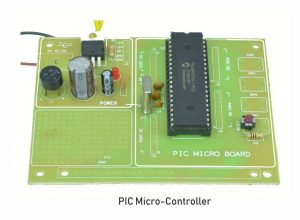
SOFTWARE
- Matlab/Simulink
CONCLUSION:
The efficiency of the proposed converter without magnetic coupling is equal to 91.9% operating with input voltage equal to 15 V, output voltage equals 150 V, and output power equals 100 W. The efficiency of the proposed converter with magnetic coupling is equal to 92.2% operating with input voltage equal to 15 V, output voltage equals 300 V, and output power equals 100 W. The commutation losses of the proposed converter with magnetic coupling are reduced due to the presence of the transformer leakage inductance and the secondary voltage multiplier that operates as a nondissipative clamping circuit to the output diode voltage.

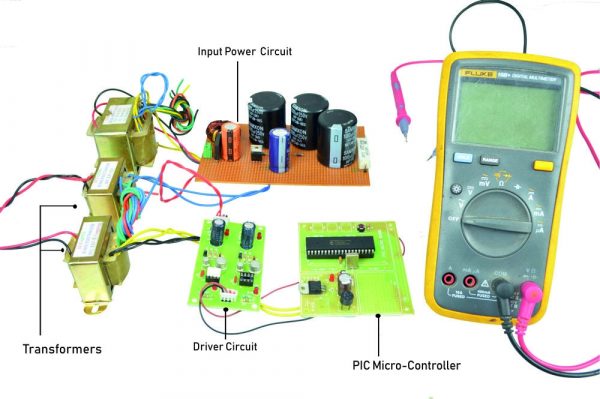
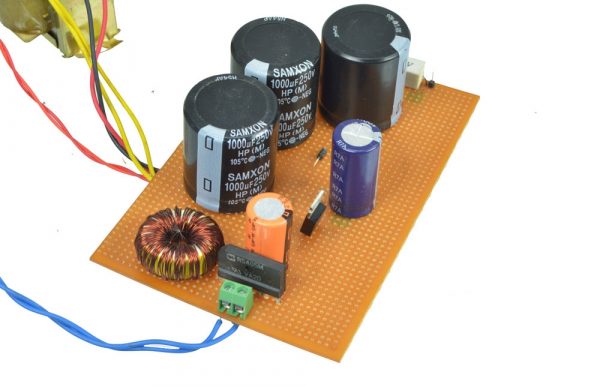
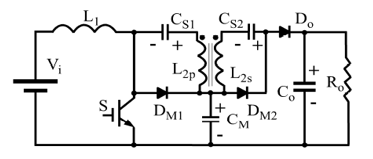
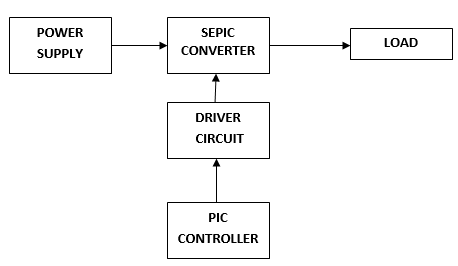

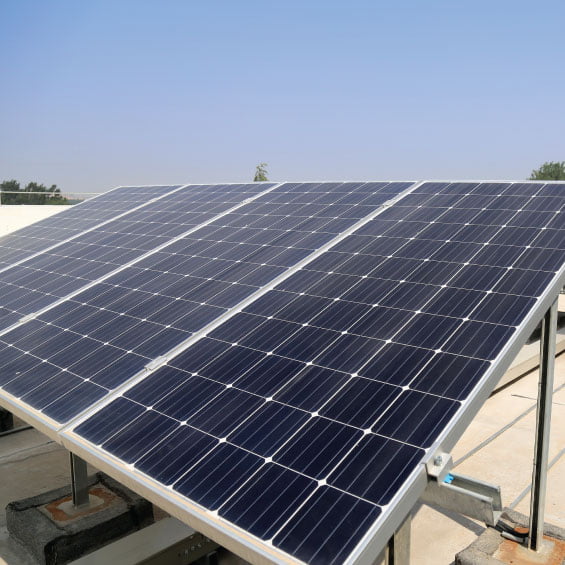































































































































































































































































































































































































































































































































































































































































































































































































































































































































































































































































Customer Reviews
There are no reviews yet.